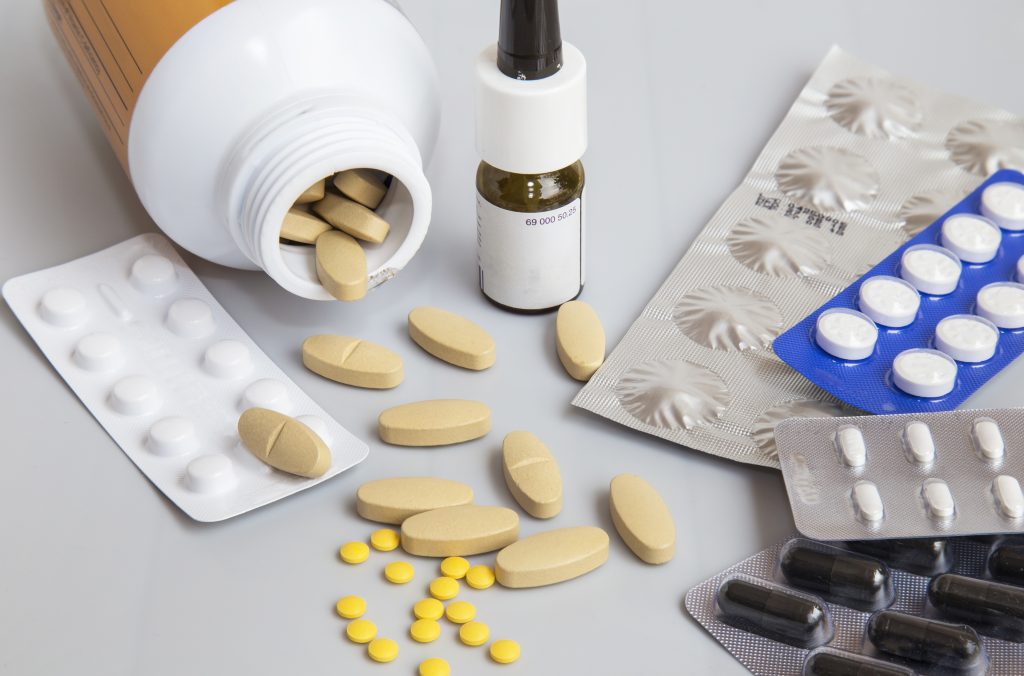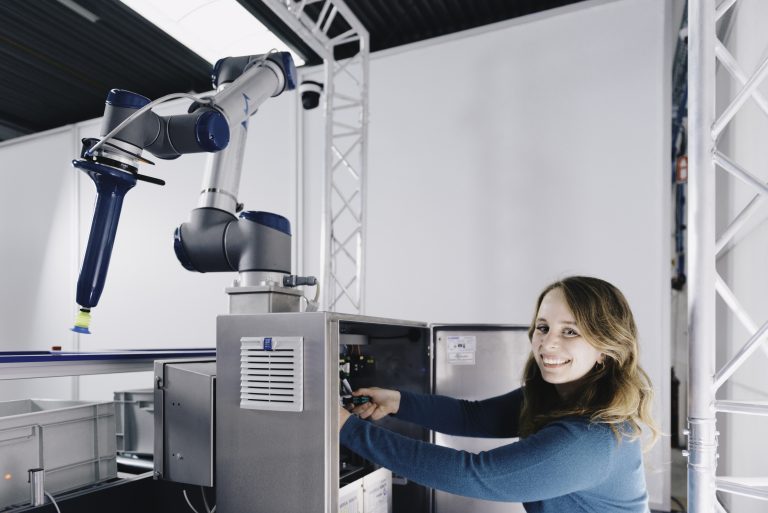Stability studies are one of the main factors when assessing the safety, efficacy and quality of drugs for human use. It is through stability studies that the shelf life of a drug is determined. This makes it possible to establish the period in which the drug will act safely and effectively in the human body.
These studies also provide information regarding storage conditions, including information on the packaging materials to be used during the manufacturing process, as well as information on the storage temperature.
All regulatory requirements for conducting stability studies, mentioned below, are defined in Eudralex Eudralex, Volume 4 – EU Guidelines for Good Manufacturing Practice for Medicinal Products for Human and Veterinary Use and the Guidelines establish by International Council for Harmonisation of Technical Requirements for Pharmaceuticals for Human Use (ICH) : Q1A – Q1F.
The climate zone used in the marketing the human drug will delimit the Stability Study – there are 5 different climate zones worldwide, depending on their recorded temperature and humidity history:
Table 1: ICH Stability Zones
| Zone I | Temperate Zone |
| Zone II | Mediterranean/ Subtropical Zone |
| Zone III | Hot Dry Zone |
| Zone IVa | Hot Humid/ Tropical Zone |
| Zone IVb | Hot/ Higher Humidity |
A broad percentage of the stability studies that are carried out in the pharmaceutical industry are essentially based on climate zones I and II.
The requirements of the stability studies developed for the drug products, as well as the duration of these study, have as main requirements the pharmaceutical form of the drug product and the active pharmaceutical ingredient (API) that composes it.
Stability studies are characterized with a pre-defined periodicity, in order to evaluate the changes (physical, chemical and microbiological) that are occurring and that may influence the quality, safety and efficacy of the drug.
Stability studies are fundamental and essential in the development of any drug for human use, as well as in its monitoring throughout its permanence in the market. During the development of the drug, the manufacturer develops a collection of stability tests design to obtain as much information as possible on the drug under study, so that the national authorities can be informed of the drug’s storage conditions and the shelf life to be assigned to.
The drug development trials include the following tests:
- Forced Degradation Test to the active pharmaceutical ingredient;
- Photostability Test;
- Stability in use;
- Test performed in the first three primary batches of the drug:
- The stability studies triggered in these first three batches should include real-time stability tests (performed on samples stored in ambient conditions in the climate zone where the drug is to be marketed) and accelerated condition stability tests.
Table 2: Conditions of Stability Studies – Climate Zone I and II, for a drug to be marketed in Portugal
| Zone I e II | Testing Conditions | Minimum Duration | Test Time (Months) | |
| Temperature | Humidity | |||
| Real Time | 25 ± 2 0C or 30 ± 2 0C | 60 ± 5% or 65 ± 5% | 12 | Every 3 months in the first year; Every 6 months in the second year; Annually until the expiration date. |
| Intermediate | 40 ± 2 0C | 65 ± 5% | 6 | 0, 6, 9 and 12 |
| Accelerated | 40 ± 2 0C | 75 ± 5% | 6 | 0, 3 and 6 |
However, if results show changes after 6 months under accelerated study conditions, then becomes necessary to include additional tests in the stability study, performed with samples under intermediate environmental conditions.
Some examples of changes that are considered significant after 6 months are:
- Variation of 5% in relation to the initial dosage or the obtained value is outside the adopted specification;
- There is degradation product above the acceptance criteria;
- Out-of-specification result, for appearance;
- pH value out of specification (when applicable);
- Dissolution criterion for 12 units is not reached (when applicable).
The shelf life of the drug is, therefore, defined through a statistica analysis based on statistical procedures such as linear regressions, cluster tests and statistical modelling. By extrapolating the obtained data, the hypothesis of increasing the shelf life beyond the one obtained through laboratory data is verified and each one of the three lots under study are shown to support the proposed shelf life.
Based on the decision tree present in the ICH Guideline – Evaluation for Stability Data Q1E , it is possible to support the proposed shelf life of the drug according to the existing instructions.
Conducting stability studies throughout the product’s life cycle, called ‘On-Going Stability’ is, therefore, essential. This allows us to monitor the product in its final packaging material and verify whether it remains within product specifications, under the appropriate storage conditions for the defined shelf life. The number of batches, as well as the frequency of analysis, should provide sufficient data to perform a trend analysis, and should be at least one per year for each dosage and for each primary packaging material.

Post was written by Luís, Pharma Consultant












